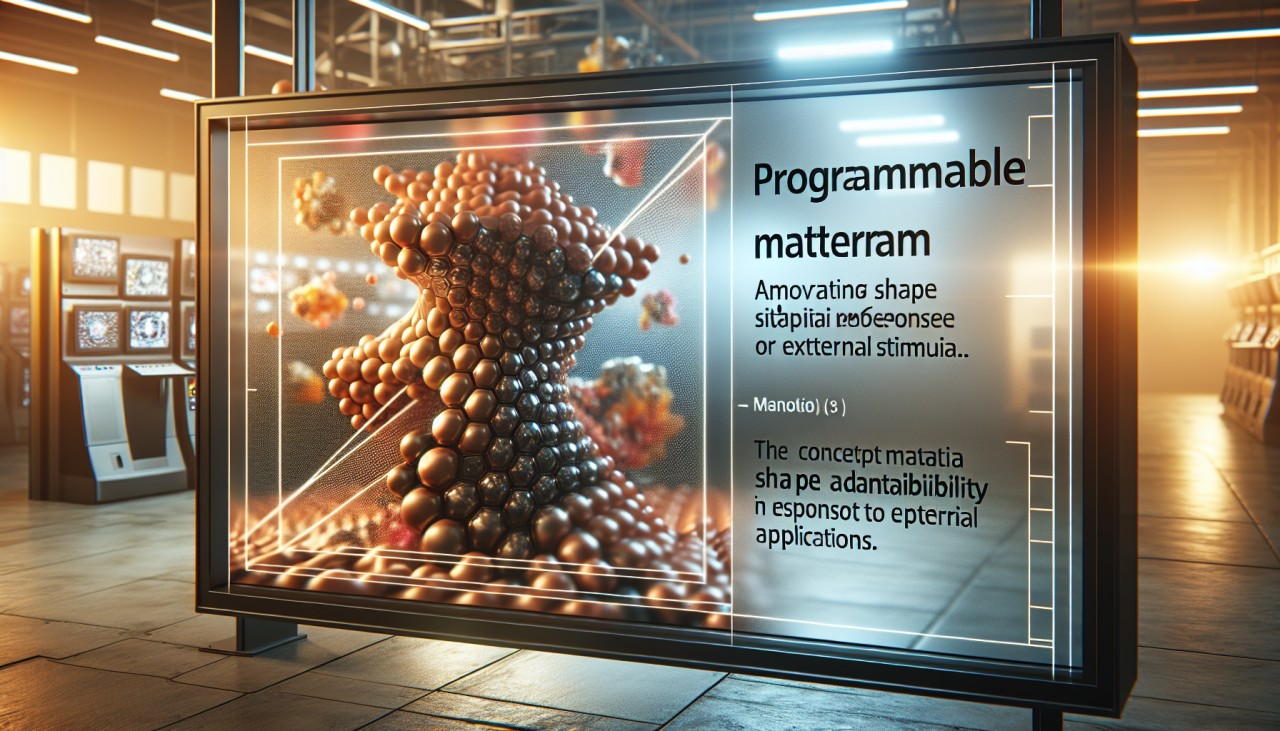


Programmable matter refers to materials that can dynamically alter their physical properties, such as shape, structure, or function, in response to external stimuli or programmed instructions. This capability is achieved through advancements in nanotechnology, smart materials, and molecular engineering, allowing for the creation of self-assembling, reconfigurable, and even self-repairing materials. In robotics, programmable matter enables the development of soft robots capable of navigating complex and unstructured environments. These robots, constructed from compliant and adaptable materials, can squeeze through tight spaces, conform to irregular shapes, and even self-heal after damage, opening up new possibilities for exploration, disaster relief, and medical interventions. For instance, researchers at Harvard University have developed a soft robotic gripper using programmable matter that can gently manipulate delicate objects like fruits and eggs, showcasing the potential for automation in industries requiring delicate handling. tayloramarel.com
In the aerospace industry, programmable matter holds promise for creating adaptive components that can optimize performance in real-time. Imagine aircraft wings that morph to adjust to varying speeds and altitudes, enhancing fuel efficiency and maneuverability. Additionally, programmable matter could enable the development of self-assembling space structures, reducing the complexity and cost of building habitats or research facilities in space. This approach draws inspiration from nature's self-assembly processes, allowing for the creation of materials with tailored properties. tayloramarel.com Furthermore, the manufacturing sector stands to benefit significantly from programmable matter. By integrating materials that can reconfigure their properties, manufacturers can achieve rapid prototyping and on-demand customization of products. This adaptability can lead to more efficient production processes, reduced waste, and the ability to create products that better meet consumer needs. For example, programmable textiles can adjust their properties in response to environmental changes, offering enhanced comfort and functionality in clothing. forwardpathway.us